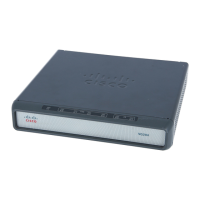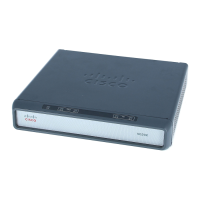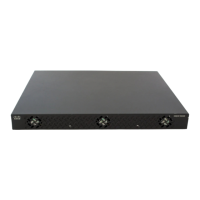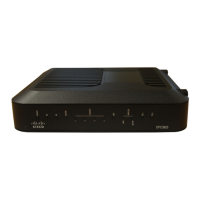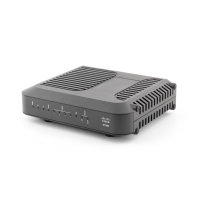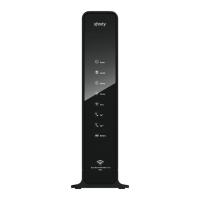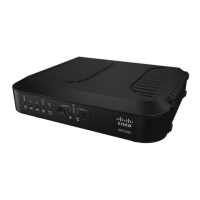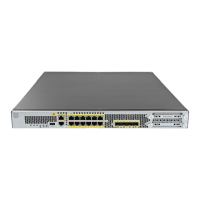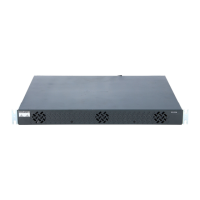Configuring ISG Access for PPP Sessions
How to Configure ISG Access for PPP Sessions Using Control Policies
4
locally. Local termination means that the PPP session will be established between the peer and the ISG
device, and the IP payload will be routed. In the latter case, authentication will occur only if the ppp
authentication command is configured on the PPP interface or virtual template.
If an ISG control policy is defined for the session-start event, that policy will override the default
handling.
How to Configure ISG Access for PPP Sessions Using Control
Policies
To configure ISG Layer 2 access, perform the following steps:
1. Decide how you want Layer 2 session handling to be influenced by subscriber identity. Do you want
to forward the protocol or terminate it locally? Do you want to authenticate subscribers locally?
2. Configure control policies to provide Layer 2 session handling. See the module “Configuring ISG
Control Policies” for information about how configure control policies. See the “Configuration
Examples for ISG Access for PPP Sessions” section on page 9 for an example of a control policy
for Layer 2 access.
3. Enable ISG VRF transfer for PPP sessions.
4. Verify and troubleshoot the configuration as needed.
This section contains the following tasks:
• Enabling ISG VRF Transfer for PPP Sessions, page 4
• Troubleshooting ISG Access for PPP Sessions, page 7
Enabling ISG VRF Transfer for PPP Sessions
VRF transfer enables an ISG subscriber session to move from one VRF to another following selection
of a new primary service. This procedure contains the following sections:
• Prerequisites, page 4
• Specifying a VRF in a Service Policy Map, page 5
• Verifying VRF Transfer for PPP Sessions
Prerequisites
This procedure assumes that you have configured support for PPP sessions by configuring a virtual
template and method of IP address allocation. Note that the original VRF, loopback interface, and IP
address pool must be specified in a virtual template rather than in a user profile in order for VRF transfer
to work. For information about how to configure virtual templates and support for PPP sessions, see the
Cisco IOS XE Dial Technologies Configuration Guide.
